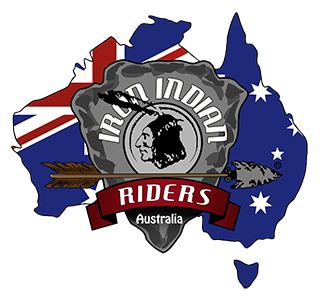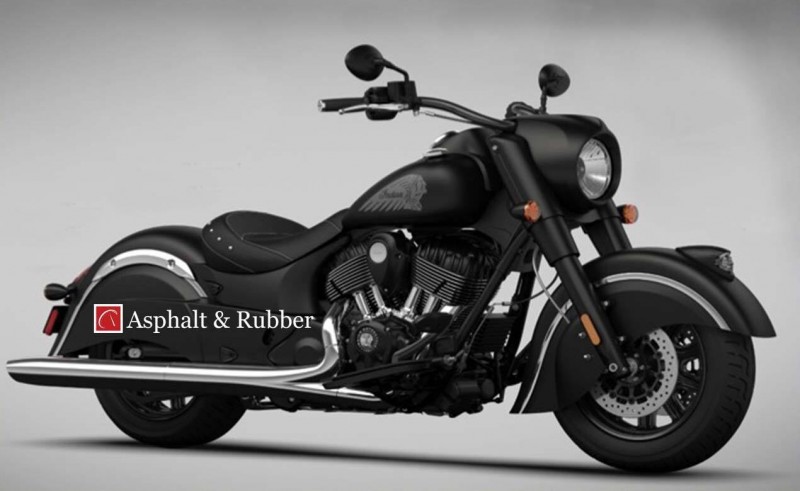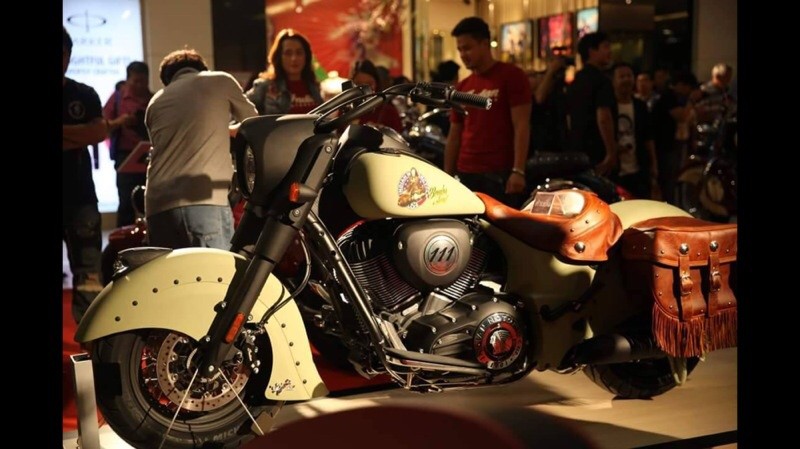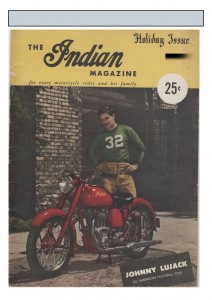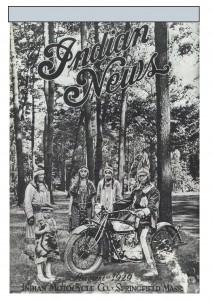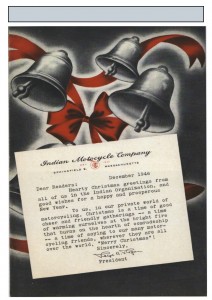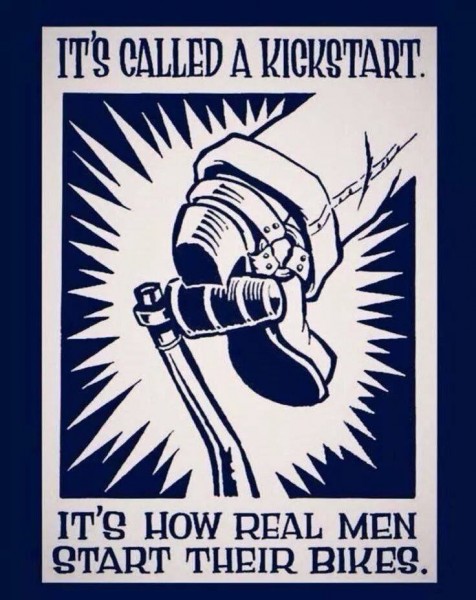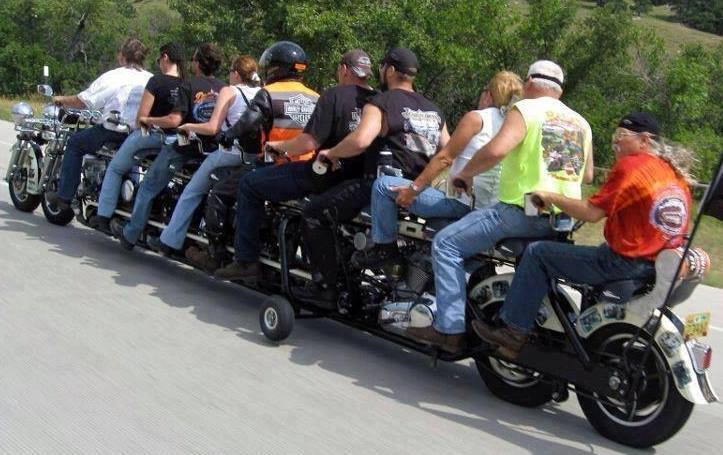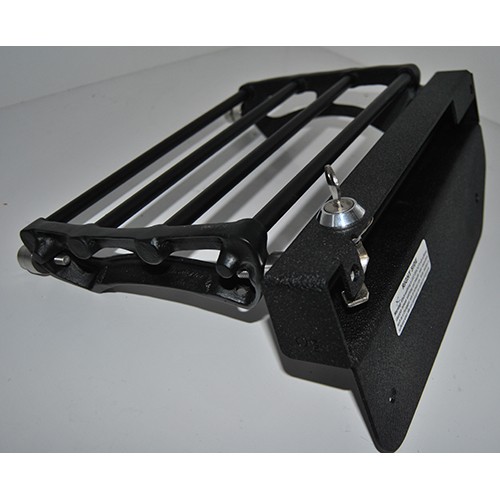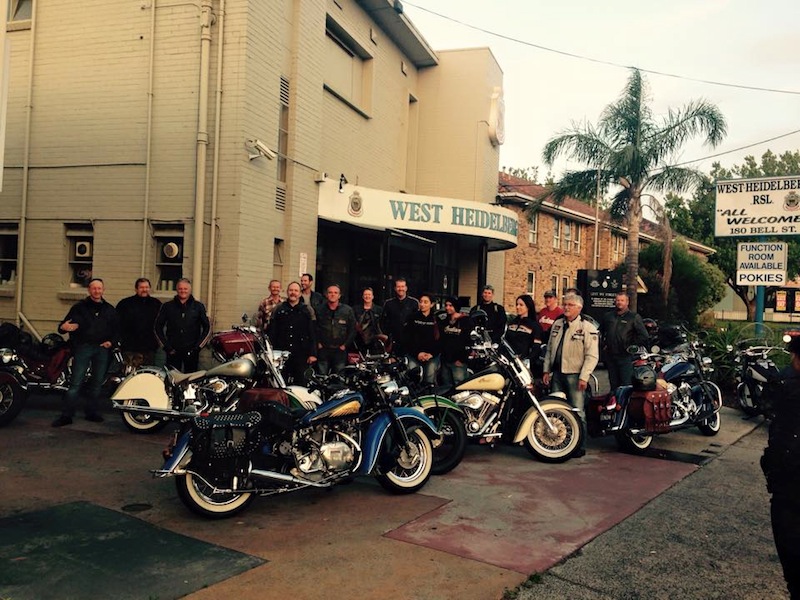“Guido”Allen”s excellent report on the supposed launch of the Scout which is becoming a debacle everyday as small handfuls of machines are being delivered to some who payed a deposit but not others. This is becoming even more ridiculous each day as Indian Australia will not release any information on how many or what colour machines are here already, this is important as they deliver bikes not to those who paid early deposits in any sequence but rather to what people ordered a particular colour! Rather than give early deposit owners an option on a colour change they are told they can cancel their existing order to change the colour but must go to the “back of the queue” what makes this even more ridiculous is they will not say what colour machines are in Australia already. Back in the old days I worked at the Triumph importer as the machines were delivered they were inspected before going into the warehouse on the end of the crates was a VIN number and the colour of each machine so you know at any time your inventory, the same thing happens today so tell us whats happening time to “Man up”
Murray Morrell has sent another 5 months of the W.Aust Newsletter to read these the link below will take you to the Section News page on our site then merely click on each cover they will download in a short time, there are 37 in all and good reading
Real men, know the firing order on four, six and V8 engines and time a magneto with a old spoke and a cigarette paper, these individuals can measure in thous’s, inches, feet, yards, furlongs and acres, these he-men know imperial gallons are different to “Yank” gallons they also refer to MPG not litres per hundred Yak, put PSI in their tyres and also can use a micrometer with one hand and shun digital verniers. These warriors are bemused by the body waxing and half shaved morons the X & Y generation with no shed or backyard to rebuild everything from a a dishwasher to a 351 Clevland, real men have hobbies that involve years of good accumulated hand tools (sometimes passed down) and strive to ultimately posess a lathe and a mill or more, these objects are revered and conversations range from cutting speeds to ceramic tip tools, Qualos,Churchill, Moore and Wright etc, the difference between CEI and BSF and what BA threads & are, of course these such people are attracted to each other for exchange of knowledge in the hope to hand down to a younger generation that don’t care! So what have these dinosaurs got left except to wait for the next meteorite to wipe them out, not much except watch old John Wayne movies and to restore that old bike in the shed, fix the oil leaks and rewire the beast and paint, clean and spend thousands of dollars on it & cold nights in winter waiting for the first warm breeze of summer to try to feel young again and remember when the good old days when “Men were Men”
Dave Wallace in the IIRA picks up his Scout this Friday in Melbourne, Dave’s was the sixth ordered. The preference seems to be on the colour not on who or when and in each sequence they were placed! I have been told there is plenty of Black ones so they are being delivered first, Indian are not saying how many or what colours are here or when they will be delivered, “Not Happy Jan” as the old Yellow Pages TV advert used to say.
Just out on Facebook two red Scouts with paint bubbles, could this be the reason for the delay in delivery to Aussie, rumour has it the production has stopped on Scout till February. Personally I’m speculating here of course, that the April -May delivery Aussie could be even later. There may be cancellations here as that puts delivery awful close to 2016 launch at Sturgis this August. In 1979 I went through Triumph at Meridan there was a huge area of the factory warehouse full of new Bonnevilles possibly 2000 or more I asked what all these new machines were waiting for, and was told these were the machines that unfortunatly missed the American summer season as they arrived to late! So they were freighted back to UK and were sold as last years models at a stonking huge loss, this can sometimes work out well as was proved when T160 Tridents were delivered, people recoiled and Norton-Villiers-Triumph sent out a message to all Triumph dealers that they would buy back all T150 Trident models for the UK market, my boss had about 35 left and made a killing. Unfortunatly in Indians case I can’t see this happening as the 2016 model unless unchanged will outsell the 2015 version as manufacturers rarely make worse models these days when they upgrade, so maybe there will be run-out models for sale this will surely guarantee a price hike the exchange rate in the $ will be quoted as a deciding factor but Indian have only two choices and the other is lower the price on the 2015 models or leave it the same and jump the price on 2016 versions, meanwhile the is another rumour the “Dark Horse” and Indian Springfield will make a comeback last ones were Kings Mountain variants, who knows what’s next the “Bomber” was one I liked
It’s that time of the week when we take a light hearted look at the guys still saving for their Indian, recently I was in Tassie and on the way to Sheffield when a rusty bike came into view I had to stop and take a photo there was a memorial to H-D’S on the plaque beside it “Rust in Peace”although the practical H-D mailbox beside it is probably the only good use for the brand.The breakdown pickup vehicle recently spotted at Sturgis is a good idea it would put to rest the saying “98% of all Harley’s made are still on the road” broken down of course! The other two photos are Harley works riders testing handling on prototypes both seem happy obviously handling is no worse than standard
Saddlebag Mounting system for Indian Chief, Scout
A truly removable motorcycle saddlebags system, perfect for installing and removing saddlebags in seconds. They provide safety and security with models for most US and import cruisers. The bracket set is simple to install. Remove the 2 rear fender mounting bolts and replace with the supplied hardware and mounting spools. They do not require the use of saddlebag support brackets. Brackets are all metal construction with black powder coating for strength and durability. All hardware for mounting is provided. Please note, when you purchase a set of our mounting brackets, the kit includes both the left and right side brackets and all required mounting hardware. Any saddlebag can be used by simply bolting to the bracket set with the bolts provided. When the saddlebags are removed all that shows is the mounting spools much like the original Indian system.We recommend our all American leather saddlebags that have been designed with Indian heritage in mind but modernised for use on later bikes with an aluminium rear panel and a redesign for extra space. $299.95 pr
We can also supply bracket set and saddlebags for the original S and S Gilroy models Chiefs please email sales@zorros.net.au
Once upon a time I was in a club that when they held an event and someone who had attended was from another country it was immediately tagged “International” a bit like Brisbane Airport not really an International Airport, so whats all that got to do with the Midnight Express Run last night plenty, we had not one but three International guests attend two from Holland & Ric Barthelmie (Mark’s Brother) that flew in from UK less than 12 hrs before to attend this event. Ric is a very keen Indian owner with a 1946 Chief kept in Aussie for events such as these and like Mark is always a humorous type of bloke, ask him what a “wedgie” is for a start, sadly his bike wasnt ready but he had been riding it that day sorting it for the next few months. So you can see by our starting point above a good turnout this year and Springfield, Gilroy & Polaris Indians in attendance ranging from 1938-2015 the weather was perfect & only one breakdown a 1947 Chief with switch problems,the run started promptly at 8.30 progressed to Yarra Glen by 10-00 pm for a stop at the historic Grand Hotel evening drink or take-away leaving at 10.30pm up the Melba Hwy to Kinglake to the Kinglake Hotel, it was misty and slightly cold, we left at 11.00pm to head for Whittlesea the fuel stops were closed so down to Sth Morang for fuel at 12.00. Interesting snippets of overheard conversation ranged from “Is this only once a year?” When these guys say their leaving in 5 mins they certainly do, Heated seats are for “Nancy Boys”, How come stereo’s on motorcycles that people play loudly have no good songs worth listening to (About a new Roadmaster), and Don’t order a Asian take-away if you can’t get it within 20 mins! Those new Indians have fantastic lights, Whats a valve lifter cable (mine snapped on the Vindian). At this point thanks to all that attended especially George Fitzpatrick for the organization, all the International guests, and Scottie Mc Connell from Indian Motorcycles Melbourne for his help & support with the 1947 Chief and also to Mark for riding his 1938 to prove the old ones can show the new ones a thing or to and get admired enviously as well, personally thanks for a great evening.
Recent Posts
Quick Links
Iron Indian Riders Australia Inc.
Meetings: Grandview Hotel
03 9489 8061
429 Heidleberg Rd Fairfield 3078
When: Last Tuesday of the month (except December), 7.30pm
Postal: Secretary – Phil Pilgrim
P/o Box 1064
Ivanhoe Vic 3079
